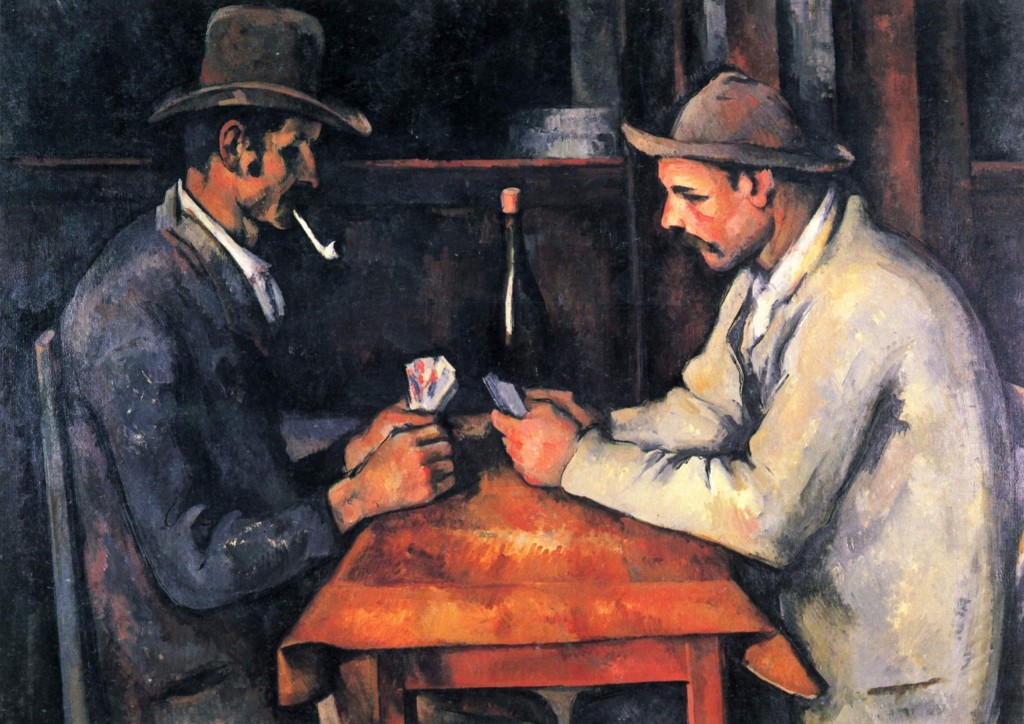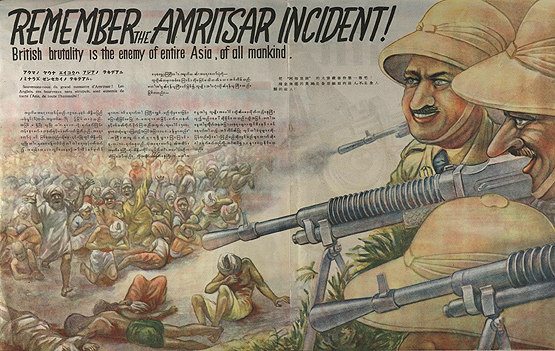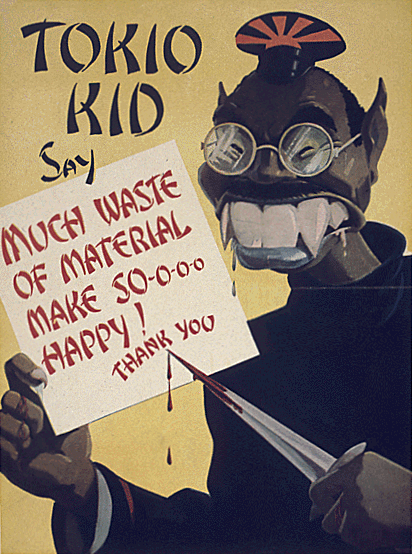If this sentence is true,
““An artist is somebody who produces things that people don’t need to have.”
Sometimes celebrities just tell stuff which they don’t mean or don’t realize what it could mean to their followers.
The sentence above was told by Andy Warhol. I don’t know what he was thinking while saying this, but it clearly denounces the importance of art in the modern world. It hugely neglects the benefits we derive from art.
I believe there are three types of impacts art makes on a society: Financial, Social/cultural and Individual. And each one of it will make it clear that art has equal importance in any society as much as businesses or governments.
Financial
According to U.S. Bureau of Economic Analysis and National Endowment for the Arts, impact of arts on US economy is around $504 billion! 3.2 % in this goliath-sized economy. And these stats are only about US. The rest of the world could double, triple or quadruple the figure.
Every other day, we hear news like how a painting of a known artist has sold in hundreds of millions. For instance, currently the world’s most expensive painting The Card Players by Paul Cezanne was sold for around $259,000,000 in 2011. So, as much as we respect the fact that it was for the artistic reasons, there is no denial in fact that, nowadays, people also buys art-pieces as a source of investment and expects it to derive big chunk of money in future when they decide to sell it. You can read about all the world’s most expensive paintings in details here or watch a quick video about the top ten expensive paintings to realize how much money people are throwing at paintings.
So, the art-pieces which are made of the regular mundane things are deriving more money than a country’s whole year’s GDP. According to this report from CIA, there are total 10 countries that have equal or lesser gross GDP than the most expensive painting ever sold.
Apart from such art related market, there is also the element of tourism which makes big countries earn in billions. If we take museums and remarkable monuments (buildings which could be categorized as pieces of architectural art) as the epicenter of arts in any country, then we realize that tourists come to visit only those places which contain things which “we don’t need to have”.
According to the report, in 2012, international tourists exceeded the mark of 1 billion and the annual tourism revenue exceeded $1000 billion. Now, these figures aren’t solely art related and doesn’t represent the income through arts. But, as mentioned above, in these figures, a big part of tourist visits the epi-centers of arts.
France owns one of the most popular museums in the world. That’s why; France is on the top in the same report with 83 million tourists. According to another report, there were near 10 million paid visitors of the well-known Louvre Museum in Paris in 2012. More 2 such major museums are equally popular in France.
If you search for the tourist’s attractions in France, out of top ten, most lists include at least 5 places which are piece of art whether it’s a museum or the big monumental buildings such as, Chartres Cathedral or Nimes Arena or the Eiffel tower itself. The trend is similar in every other country with big amount of tourists. Whether its China’s Terracotta army, Temple of heaven, Forbidden City or it’s India’s Taj Mahal, numerous temples, museums or the Spain’s Alhambra, Mezquita of Cordoba. China is even building another 1000 museums in the country to boost the visitors.
And there is Italy. Italy’s tourism stands on the arts. Colosseum, Pantheon, Venice, Vatican City and its huge museums full of renaissance art and sculptures, Sistine chapel, David…you just can’t even list all the important attractions of the country. Italy is on the fifth place in the list of most tourists, the country where the renaissance initiated.
In USA, National Museum of Natural History had around 7.5 million visitors in the same time period.
Apart from the museums and architectural monuments, there are big movie studios, ancient monuments and historical places which could be called as art to some extent.
Moreover, the businesses and employments relying on such art are not even counted here. Thus, the financial impact of arts on the world-economy is clearly un-ignorable. By seeing the revenue generated through foreign tourism, the developing countries have started their own campaigns to attract tourists, spending millions behind advertisement and endorsements. All because of arts.
Social and Cultural impacts
Some could say that wherever there are financial means, people are going to buy things regardless to the fact that if it has to do with the growth of the society and culture. But, the social and cultural impacts of art are much more important than the financial ones. These impacts are immeasurable in figures but the indirect implications would make it clear that, without them there wouldn’t be any financial market for art.
A belief in something makes it important or valuable. And belief generates when a person sees something substantial in any particular thing. Art is also an element of belief just like a religion. If people start to believe that something is exceptional then the rest of the world agrees to pay in millions. These beliefs are inspired from the whole society’s orientation towards things.
Art has also been used as a propaganda medium. Nazi used it, American used it to counter Nazi propaganda, and the Japanese used it.
Art represents a communication. Imagine a man holding a child above his head and a woman with a hammer in her hand, striking a pose which shows intent to attack… that art work could convey a story or meaning.
So in history and in modern times, the use of art as a vital communication tool to influence peoples thought and behavior has been and will always been applicable.
Individual Impacts
Art is everywhere, no matter no immune or least perspective a person claims to be, they see art is their day to day life affairs.
Art could exist in form of corporate logos, the products they buy, the school they attend and even the religion they believe, worship in.
Art influences every facet of life, the choice, the desire, the preference and even the mood. A world without art is not just inconceivable but also improbable, unless we are living in a void with nothing but darkness.
Again, even a dark page with just a dot can go as a piece of art. Whom am I to argue if someone wants to buy that?
This happens every day… so killing of all artists and burning their art will not only represent the most futile of attempts, but also to a degree develop in to a notion of implausible, not just inconceivable.
Art works have known to evoke emotions, a range of emotions, from striking fear to delivering bliss, peace, a sense of something, it varies from person to person.
The individual impact is enormously varying!
Now, Warhol’s sentence seems more like a criticism of his own ‘art’.





